Shared ownership is a popular option for first-time home buyers who are struggling to afford the high cost of homeownership. It allows you to buy a share of a property and pay rent on the remaining portion. Over time, you can increase your share of the property through a process known as “staircasing.”
The appeal of shared ownership lies in the fact that it allows individuals to get their foot on the property ladder and begin building equity without needing a large down payment. Additionally, shared ownership properties are often new builds or recently refurbished, meaning they require less maintenance and upkeep.
This beginner’s guide to shared ownership will cover the basics of how it works, the advantages and disadvantages, and how to qualify for a shared ownership scheme. Whether you’re a first-time home buyer or simply exploring your options, this guide will provide you with the information you need to make an informed decision.

How Shared Ownership Works
Shared ownership is a homeownership scheme that allows you to purchase a share of a property, usually between 25% and 75%, and pay rent on the remaining share. This allows you to get on the property ladder with a smaller deposit and mortgage, making homeownership more accessible for first-time buyers.
Compared to traditional homeownership, shared ownership has many differences. For instance, you only purchase a portion of the property, which means you will only build equity on that share. Additionally, you may be subject to certain restrictions, such as restrictions on subletting or modifying the property, depending on the specific terms of your shared ownership agreement.
The process of purchasing a shared ownership property typically involves several steps. First, you will need to find a property that is available for shared ownership and meets your needs and budget. You will then need to apply for the shared ownership scheme and get a mortgage offer. Finally, you will need to complete the legal paperwork and move into your new home.
Qualifying for a Shared Ownership Mortgage
To qualify for a shared homeownership mortgage, there are specific eligibility requirements that you need to meet. These may vary depending on the lender and the property you’re interested in purchasing. Generally, to be eligible for shared ownership, you must be a first-time buyer or previous homeowner who can no longer afford to buy a home on the open market.
When calculating affordability for shared ownership, lenders typically consider your income, outgoings, and any other financial commitments you may have. They will also look at your ability to afford the ongoing costs associated with homeownership, such as mortgage repayments, service charges, and utility bills.
Credit score and employment history are also factors that lenders will consider when determining your eligibility for a shared ownership mortgage. A good credit score and stable employment history can help increase your chances of being approved for a shared ownership mortgage.
It’s worth noting that each shared ownership property may have its own specific eligibility criteria, such as local area residency or certain income thresholds. It’s important to check the specific requirements for the property you’re interested in before applying for a shared ownership mortgage.
Finding the Right Property
If you’re considering a Shared Ownership mortgage, finding the right property is essential. Here are some things to keep in mind when searching for a Shared Ownership property.
Types of Shared Ownership properties available
Shared Ownership properties can come in various types, including apartments, houses, and bungalows. The type of property you choose depends on your needs, preferences, and budget. It’s important to consider the long-term suitability of the property, such as its location and size, as well as any potential maintenance costs.
How to search for Shared Ownership properties
There are several ways to search for Shared Ownership properties. You can start by contacting local housing associations or developers who offer Shared Ownership properties. Additionally, there are several online property portals that specialise in Shared Ownership properties, such as Share to Buy or Property Booking.
Factors to consider when choosing a Shared Ownership property
When choosing a Shared Ownership property, there are several factors to consider, such as location, amenities, and access to transportation. It’s also important to consider any potential future plans, such as whether you plan to start a family, as this may impact the type of property you choose. Additionally, it’s important to consider any associated costs, such as service charges and ground rent, which may affect your affordability.
The Shared Ownership Mortgage process
If you’re interested in purchasing a home through Shared Homeownership, it’s important to understand the mortgage process. Here are some key points to keep in mind:
Choosing a Lender
When it comes to finding the right lender for your Shared Ownership mortgage, it’s important to do your research. Look for lenders who are experienced in working with Shared Ownership properties and have a good reputation in the industry. You can also work with a mortgage broker, who can help you find the right lender for your needs.
The Application Process for a Shared Ownership Mortgage
The application process for a Shared Ownership mortgage is similar to a traditional mortgage. You’ll need to provide documentation of your income, assets, and debt, and the lender will likely require an appraisal of the property’s value. Approval is based on your credit score, income, and the amount of the mortgage you’re applying for.
How the Shared Ownership Mortgage Works
With a Shared Ownership mortgage, you’ll typically have a mortgage on the portion of the property you own, and you’ll pay rent on the portion you don’t own. The rent is typically set at a below-market rate to make the property more affordable. As you pay down your mortgage and build equity, you can purchase additional shares of the property, a process known as staircasing.
The Pros and Cons of Shared Ownership
Shared ownership can be a great option for those who can’t afford to buy a home outright but want to get on the property ladder. However, there are both advantages and disadvantages to consider before committing to a shared ownership scheme.
Advantages of Shared Ownership
- Affordable: Shared ownership offers a more affordable way to own a home as you only need to purchase a share of the property.
- Flexibility: With shared ownership, you have the option to buy a larger share of the property as your finances improve, a process known as “staircasing.”
- Equity: As you pay off your mortgage and increase your share of the property, you build equity in the home.
- Maintenance: Maintenance costs are often split between you and the housing association, which can be helpful in reducing costs.
Disadvantages of Shared Ownership
- Limited options: Shared ownership properties are often limited in number and location, which can make it difficult to find a suitable property.
- Resale restrictions: There may be restrictions on selling your share of the property, and you may not be able to sell it on the open market.
- Additional fees: In addition to mortgage payments, there may be additional fees such as service charges and ground rent.
- Lack of control: As a shared owner, you may not have complete control over decisions related to the property, such as maintenance or improvements.
It’s important to weigh both the advantages and disadvantages before deciding whether shared ownership is the right option for you. Seeking guidance and advice from a mortgage service like Status Mortgage Solutions can help you make an informed decision.
Tips for Managing a Shared Ownership Mortgage
Communication with co-owner and lender
Clear communication is key when managing a shared ownership mortgage. Make sure you are regularly communicating with your co-owner(s) about any concerns or issues that arise. Additionally, it’s important to stay in touch with your lender and keep them informed about any changes in your financial situation or if you need any assistance.
Budgeting and financial planning
Managing a shared ownership mortgage requires careful budgeting and financial planning. Be sure to budget for all monthly expenses related to your mortgage, including mortgage payments, insurance, and maintenance costs. It’s also important to plan for any unexpected expenses that may arise, such as repairs or replacements.
Planning for the future
It’s important to consider the long-term implications of a shared homeownership mortgage. If you plan to eventually buy out your co-owner and own the property outright, make sure to have a plan in place for how to make this happen. Additionally, think about how your financial situation may change in the future and how this may impact your ability to manage the mortgage.
By following these tips, you can help ensure a successful and stress-free shared ownership mortgage experience.
YOUR PROPERTY MAY BE REPOSSESSED IF YOU DO NOT KEEP UP REPAYMENTS ON YOUR MORTGAGE OR ANY OTHER DEBT SECURED ON IT.
Approved by The Openwork Partnership on 05/05/2023
Status Mortgage Services is a trading style of Openwork Limited which is authorised and regulated by the Financial Conduct Authority.









